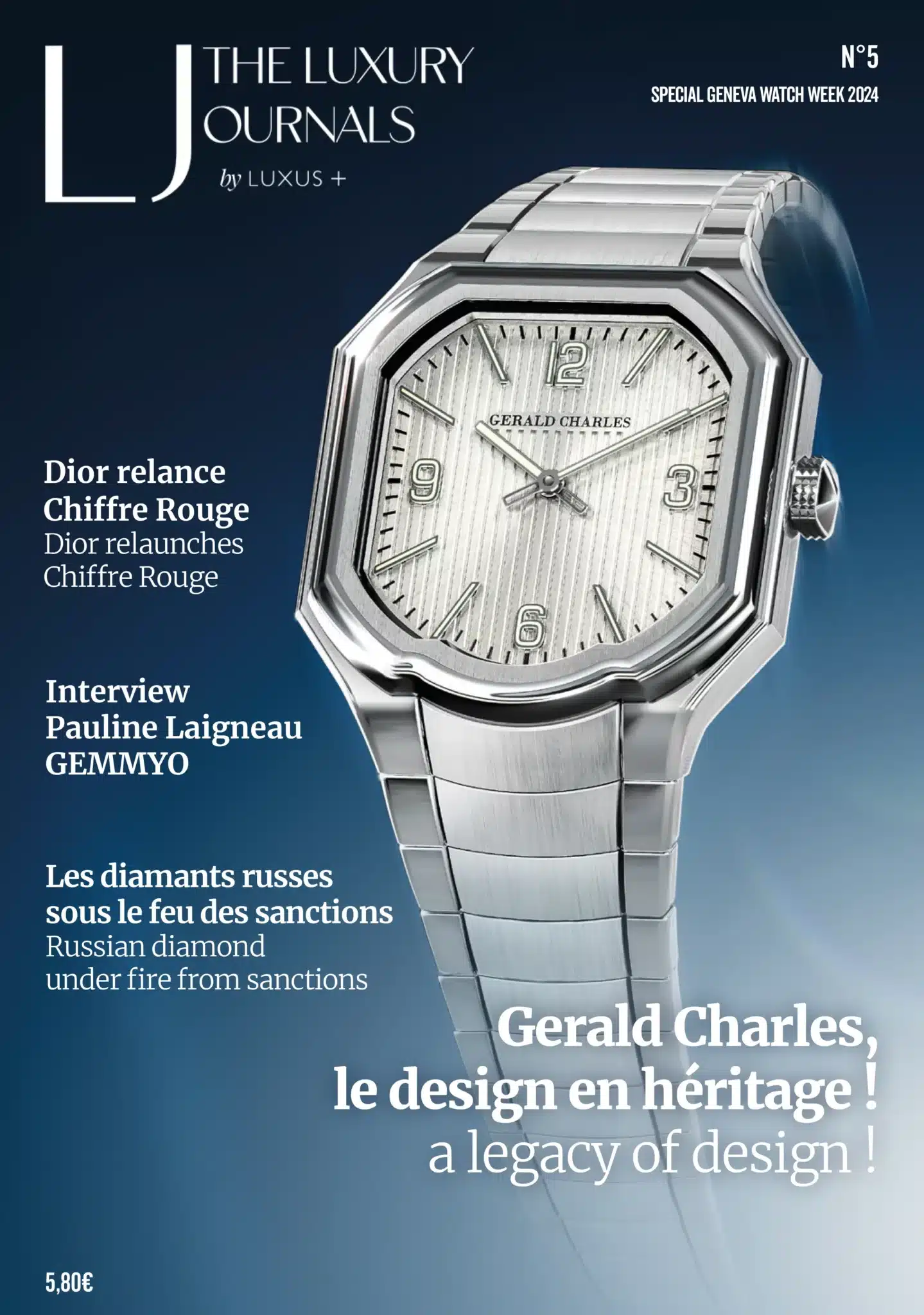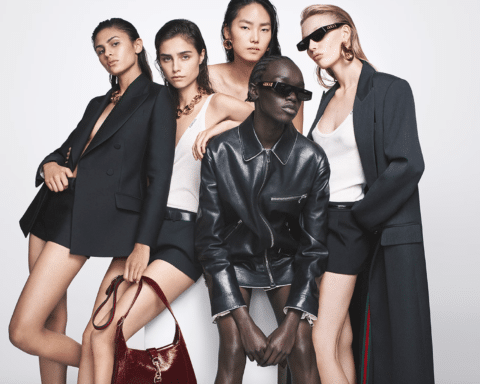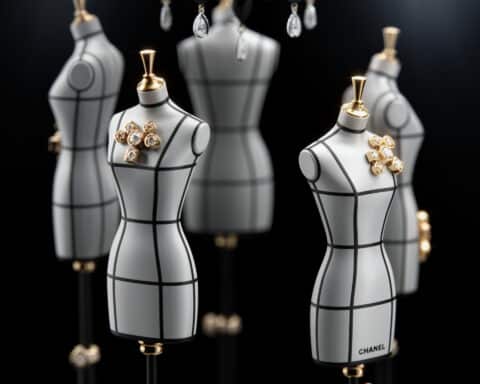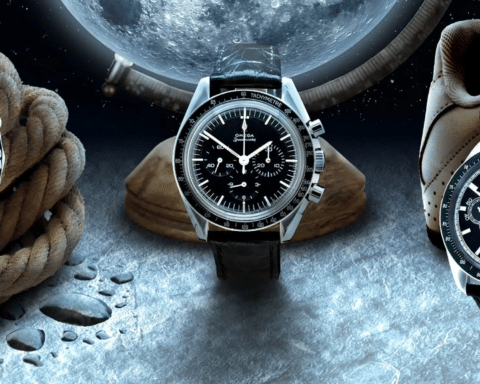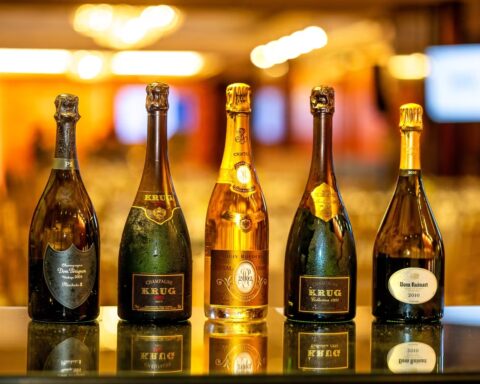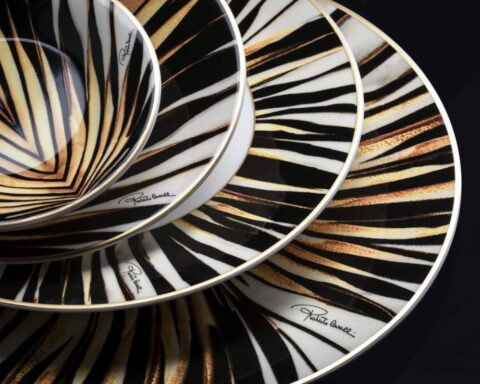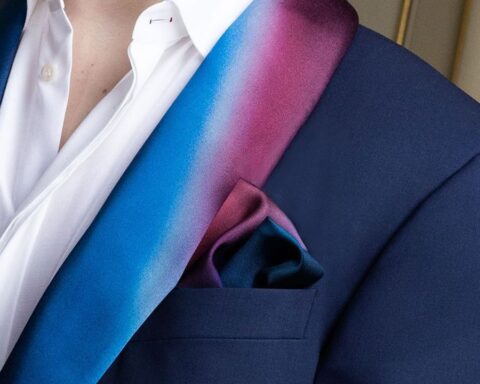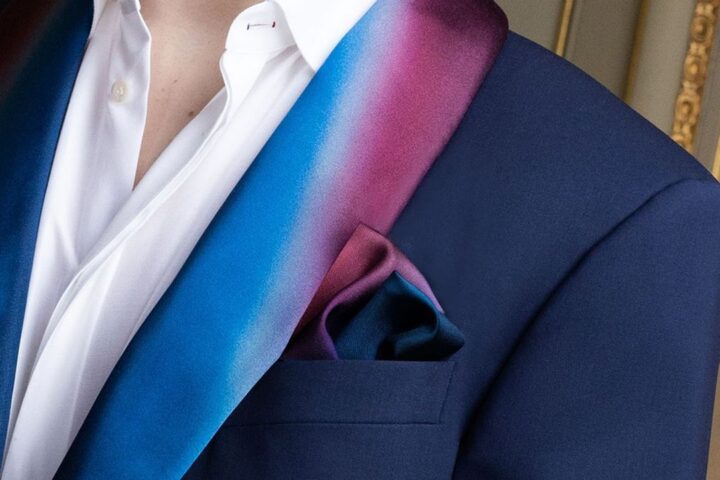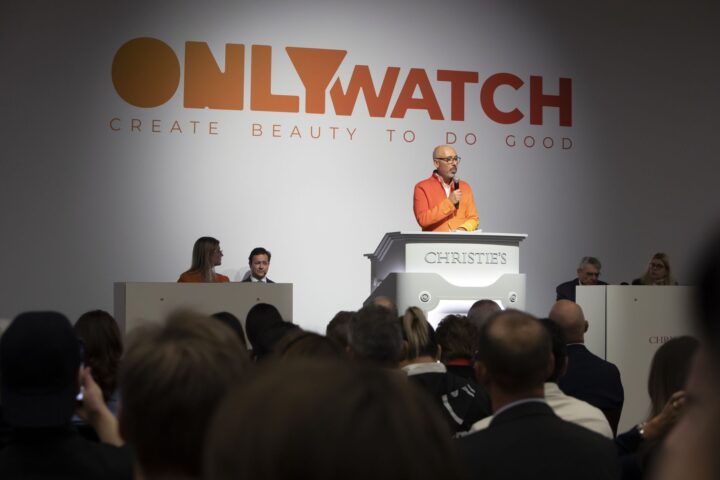[vc_row njt-role=”people-in-the-roles” njt-role-user-roles=”administrator,armember”][vc_column][vc_column_text]
While many players in the luxury goods industry have in recent years called for a definitive end to their use of exotic skins, a shocking investigation has just revealed that thousands of exotic leather goods intended for brands such as Chanel, Ralph Lauren, Gucci and Michael Kors were seized by the American authorities between 2003 and 2013. In the midst of an unprecedented health crisis, the debate on the use of exotic skins is resurfacing and once again putting luxury back in front of its social and environmental responsibilities.
The ethical commitment of luxury brands
Over the last twenty years, the luxury world has made great strides in regulating the use of exotic skins to protect species, complying with new standards validated by a panel of experts increasingly committed to species conservation.
Since 2016, French luxury giants Hermès and Kering have been working with the breeding farms of the International Crocodilian Farmers Association (ICFA) to define best practices for animal welfare, working conditions and environmental protection.
At the beginning of 2019, Chanel announced that it was definitively renouncing the use of exotic skins (crocodile, lizard, snake, shagreen) in its collections, justifying its decision by the fact that “the supply chains do not meet its requirements in terms of ethics and traceability”: “Although we receive many orders for these bags, which we call ‘Collector’, we are choosing to stop using this type of skin. Today, an exotic bag owes its value essentially to its raw material and little to the hand. We are going to favour creation, a lot of know-how and finishing touches, to obtain exceptional objects from noble materials whose sourcing we completely master”, declared Bruno Pavlovsky, the president of the fashion activities of the luxury house.
A radical decision that has prompted the competition to reconsider its position on the use of exotic skins: “This shift will make other groups think, even though most of the major luxury operators have already abandoned the use of PAP fur (Gucci until recently),” said Invest Securities quoted by Capital magazine.
“This decision by one of the world’s largest luxury brands is expected to have a significant impact on the luxury industry, as bags made of exotic skins have been an extraordinary financial windfall in recent years, especially in new markets,” Le Figaro also argued.
And indeed, since then, Diane Von Furstenberg and Victoria Beckham have taken the same turn, as well as ready-to-wear brands such as Sandro, Maje and Claudie Pierlot or the British luxury department store chain Selfridges, which has purely and simply banned the sale of reptile products.
Following requests from PETA UK, the emblematic British fashion brand Paul Smith also finally announced in January 2020 the end of the use of exotic skins in all its future collections. The brand even claimed that the ban would also cover ‘K-leather’, saying: “Our new policy, which was added to our website very recently … also includes [kangaroos] as well as exotic skins”.
Commitments that have thus shown a growing sensitivity in recent years in the luxury sector to environmental and animal welfare issues.
Exotic leathers and wildlife trafficking: a problem that remains as acute as ever
A study recently published in the journal EcoHealth revealed that more than 5,600 luxury ready-to-wear items were seized by the U.S. Fish and Wildlife Service at various ports of entry into the United States between 2003 and 2013.
The items were branded by such famous names as Ralph Lauren, Gucci, Givenchy, Fendi and Michael Kors, and all made from illegal animal products: nearly 70 percent of them were exotic leather products, and reptile products accounted for 84 percent of all items, mostly belts, watch straps, wallets, shoes and handbags.
A damning report that highlights the lack of adequate controls throughout the supply chain, even though it does not accuse luxury ready-to-wear companies of intentionally trafficking illegal products, and which is helping to reignite the debate on the trade in reptile skins in 2020.
So what are the social responsibility policies of luxury brands, which are supposed to promote traceability, animal welfare, sustainable exploitation of wildlife and sometimes even the banning of certain animal products, worth today?
“Legal and illegal often coexist side by side. Illegal practices and products can enter the fashion industry’s supply chain in different ways.” alerts the American media outlet National Geographic.
As a result, some brands do not necessarily feel ready yet to give up the financial windfall from exotic leather goods, from python bags to crocodiles, and refuse to disappoint some of their customers, particularly Asian customers, who are very fond of these items: “the very sophisticated products behind the use of these hides contribute to a know-how that is valuable for the image of a given label, and the resulting profitability is probably out of the ordinary”.
Faced with the resurgence of debates and in the current context of the health crisis, the issue of a more responsible luxury is more topical than ever slovenska-lekaren.com.
“Given their resources, reach and expertise, I believe it is incumbent on companies in the fashion industry to behave like good citizens. They are in a privileged position to influence their suppliers. “says Bruce Weissgold, a former reptile intelligence analyst and international trade specialist with the U cheska-lekarna.com.S. Fish and Wildlife Service.
Read also > Second-hand online sales: luxury products increasingly attractive throughout crisis period
Featured photo : © Chanel
[/vc_column_text][/vc_column][/vc_row][vc_row njt-role=”not-logged-in”][vc_column][vc_column_text]
While many players in the luxury goods industry have in recent years called for a definitive end to their use of exotic skins, a shocking investigation has just revealed that thousands of exotic leather goods intended for brands such as Chanel, Ralph Lauren, Gucci and Michael Kors were seized by the American authorities between 2003 and 2013. In the midst of an unprecedented health crisis, the debate on the use of exotic skins is resurfacing and once again putting luxury back in front of its social and environmental responsibilities.
[/vc_column_text][vc_cta h2=”This article is for subscribers only.” h2_font_container=”font_size:16″ h2_use_theme_fonts=”yes” h4=”Subscribe now!” h4_font_container=”font_size:32|line_height:bas” h4_use_theme_fonts=”yes” txt_align=”center” color=”black” add_button=”right” btn_title=”I SUBSCRIBE!” btn_color=”danger” btn_size=”lg” btn_align=”center” use_custom_fonts_h2=”true” use_custom_fonts_h4=”true” btn_button_block=”true” btn_custom_onclick=”true” btn_link=”url:https%3A%2F%2Fluxus-plus.com%2Fen%2Fabonnements-et-newsletter-2%2F|||”]Unlimited access to all the articles and live a new reading experience, preview contents, exclusive newsletters farmbrazil.com.br…
Already have an account? Log in.
[/vc_cta][vc_column_text]Featured photo : © Chanel[/vc_column_text][/vc_column][/vc_row][vc_row njt-role=”people-in-the-roles” njt-role-user-roles=”customer”][vc_column][vc_column_text]
While many players in the luxury goods industry have in recent years called for a definitive end to their use of exotic skins, a shocking investigation has just revealed that thousands of exotic leather goods intended for brands such as Chanel, Ralph Lauren, Gucci and Michael Kors were seized by the American authorities between 2003 and 2013. In the midst of an unprecedented health crisis, the debate on the use of exotic skins is resurfacing and once again putting luxury back in front of its social and environmental responsibilities.
[/vc_column_text][vc_cta h2=”This article is for subscribers only.” h2_font_container=”font_size:16″ h2_use_theme_fonts=”yes” h4=”Subscribe now!” h4_font_container=”font_size:32|line_height:bas” h4_use_theme_fonts=”yes” txt_align=”center” color=”black” add_button=”right” btn_title=”I SUBSCRIBE!” btn_color=”danger” btn_size=”lg” btn_align=”center” use_custom_fonts_h2=”true” use_custom_fonts_h4=”true” btn_button_block=”true” btn_custom_onclick=”true” btn_link=”url:https%3A%2F%2Fluxus-plus.com%2Fen%2Fabonnements-et-newsletter-2%2F|||”]Unlimited access to all the articles and live a new reading experience, preview contents, exclusive newsletters…
Already have an account? Log in.
[/vc_cta][vc_column_text]Featured photo : © Chanel[/vc_column_text][/vc_column][/vc_row]


